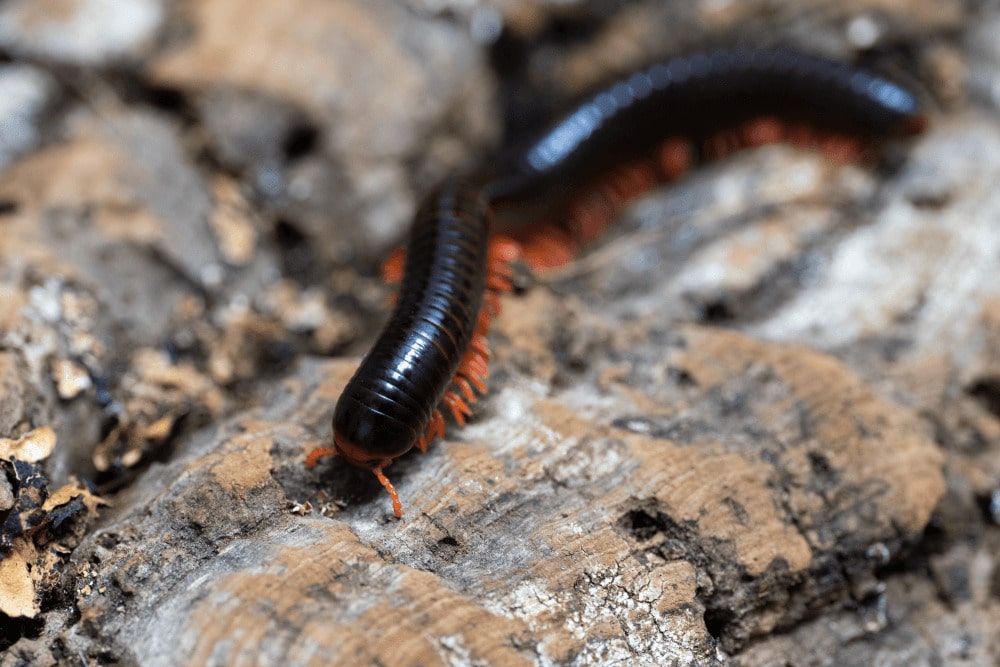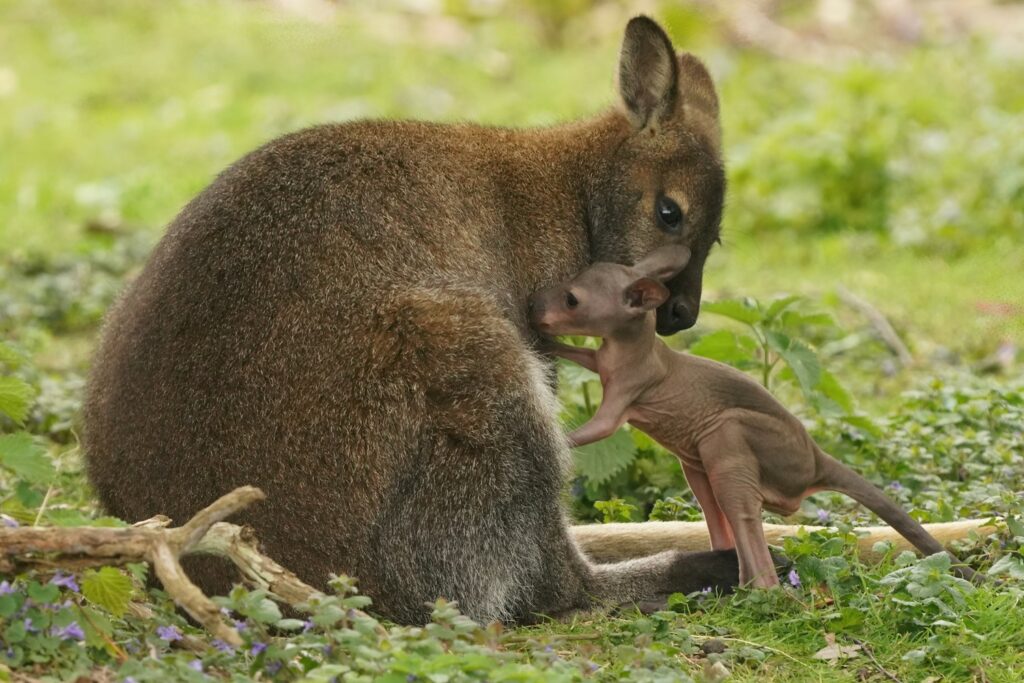New arrivals have scuttled into the zoo…
May 25, 2022
May 25, 2022

Ten of these crawly critters can be found in Cold-Blooded Corner! These fascinating creatures have an essential role within the ecosystem, recycling nutrients and enriching the soil. They are detritivores and feed on leaf matter and other organic material.
In the wild these lizards live on the Solomon Islands in forest canopies, sheltering in tree hollows and dense foliage. Listed as Near Threatened on the IUCN Red List of Threatened Species, this species is threatened by habitat loss due to logging and forest degradation.
They are herbivorous and feed on leaves, flowers, and foliage. Unusually for reptiles, these skinks are viviparous, meaning they give birth to live young, instead of laying eggs!
You can also find these new additions in Cold Blooded Corner.
Keepers caught our blue-faced honeyeater chick on camera as it fledged from the nest. Hatchlings stay in the nest for around 23 days before fledging and only the female incubates the eggs, for around 17 days. Both parents feed the hatchlings, and they often get help from immature members of the flock too – usually chicks from previous clutches.
In the wild, these vibrant birds can both be found in forests and scrubland in south-east and eastern Australia. Their enclosure is home to nectar-rich eucalyptus and melaleuca plants, mimicking their habitat in the wild.
Honeyeaters have specially adapted tongues with a ‘brush-tip’ to help eat their main meal of nectar. They are colloquially known as the ‘banana bird’ because they often eat banana fruit and flowers!
Marwell is the only zoo in the UK to house blue-faced honeyeaters, so be sure to visit them when you next visit!

Our 2 new wallaby joeys have started to leave their mother’s pouches and can be seen hopping around Wallaby Walkthrough. The adorable youngsters will still regularly return to the pouches.
Young are born at a very early stage of development when they are just 2-2.5cm long and weigh less than 1g, around the size of a jellybean. When fully grown, red-necked wallabies are between 70-90cm with a 65-75cm tail, which is strong enough to support the weight of the entire animal.
Red-necked wallabies can be found in south-eastern Australia and also on the island of Tasmania, which is 150 miles south of mainland Australia.